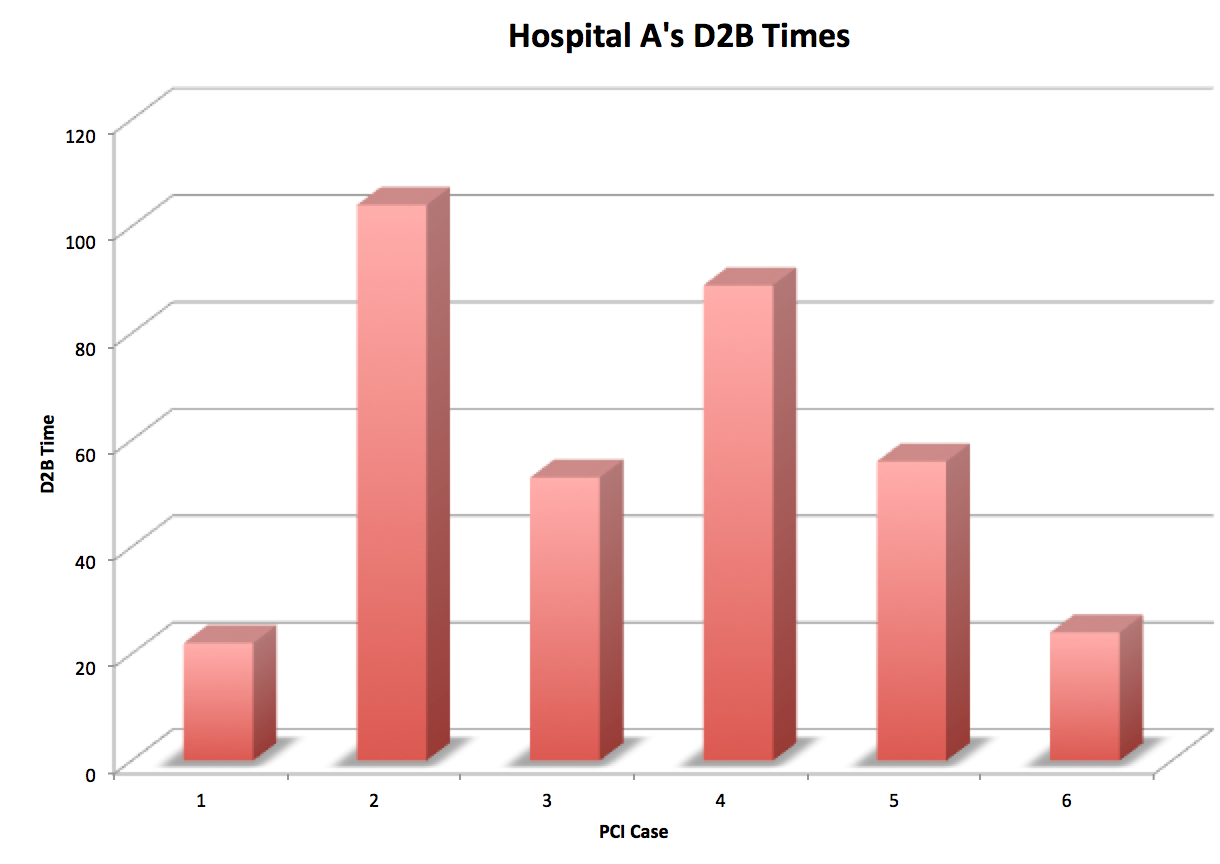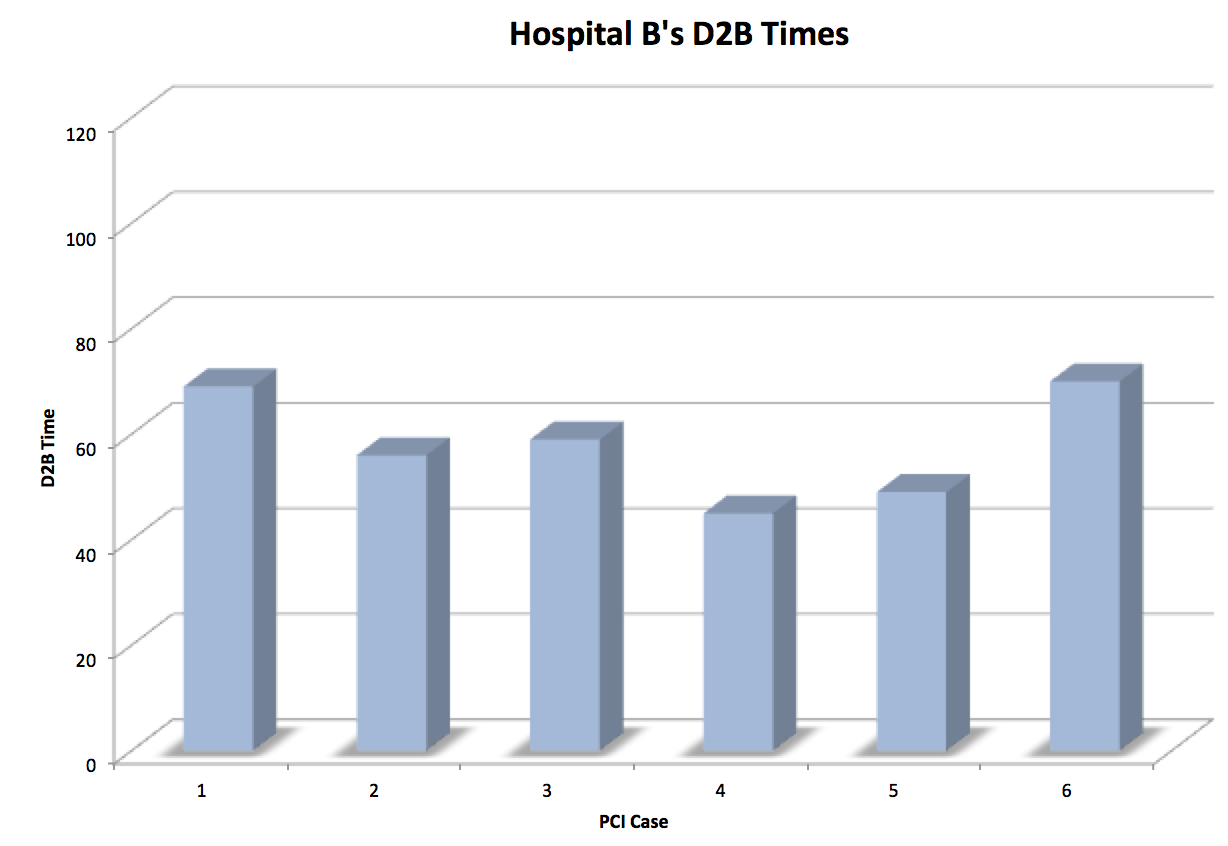Pulsara Around the World - 2025 Recap and January 2026
December Recap After an incredibly busy events year with 102 conferences, trade shows, and sponsorships, December was on the slower side for us, with...
![The Root of All Evil in STEMI Care Processes [Part 1]](http://www.pulsara.com/hubfs/Screen_Shot_2016-07-07_at_3.05.46_PM.png)
EDITOR'S NOTE: Special thanks to Shane Elmore for writing today's blog post. Shane served as Pulsara's Vice President for Clinical Innovation and Development from 2013-2022. You can connect with him on LinkedIn.
—
As Pulsara employees, when we meet with prospective clients we hear a lot of different stories about how well their facilities are already doing. Most of the time they tell us what their mean time for Door-to-Balloon (D2B) is. Many of them sound good on the surface, but there's usually more going on under the hood that they aren't proud of or willing to show you.
The great hospitals don't care about showing you. They want to get better, and I can usually see this in their data. The data isn't better than that of the "good" hospitals; sometimes it's even worse because they don't try to hide their data by excluding the times that didn't meet the standard. They will follow reporting rules and exclude what needs to be excluded, but they still find a way to measure even those times they threw out. In other words, they don't see the exclusion criteria as an excuse not to get better.
As we've said before, there's a lot more to a care process than just having a low mean case time. Sure that's a great start, and it's not easy to achieve - we meet with incredible doctors and nurses every day who are struggling to reach their goals for D2N or D2B. But if your only way to judge a hospital's performance were mean D2B time, let's say it's 58 minutes, would you classify them as having good processes? Do you have enough information to make that judgment? Let's take a closer look.
Looking at a mean time can give you a false sense of how awesome you are. Let's just say at hospital A, you have a young rock star interventional cardiologist who posts some very impressive times. When he took call this month, he did 2 cases, and they are 22 minutes and 24 minutes respectively. If you have one of these guys or gals, you probably thought of their name as you read that. The fact that I identified them as rock stars tells you that not all of your cardiologists function like that. Of your other three cardiologists, they performed PCI 4 times and the D2B times were 53, 56, 89 and 104 minutes D2B time. Combining these times with the 22 and 24 minute times gives you the mean time that I posted above of 58 minutes. When you look at those times, does your 58 minute mean truly represent how fabulous your process is?
Now let me say it another way: The 104 minute time was your mother’s STEMI. Will you still use your mean time to tell me how fantastic your hospital is? (Notice I didn't say, mother-in-law ... kidding!)
Referring to the data set above, Hospital A has a D2B time range of 80 minutes. **SIDENOTE: The range is a good way to evaluate how much control you have in a process. Standard deviation is a better measure than the range, but it goes well beyond how technical I want to get for the purpose of this blog post.** Now let's look at another hospital. Hospital B has six primary PCI times as well, and they are 69, 56,59,45,49, and 70. They have the same mean time of 58 minutes. The range for hospital B is 25 minutes vs. Hospital A's 80 minute range.
For all you visual people, let's compare the D2B times graphically (Hospital A is in red, Hospital B in blue):


Who has the better process? You got it! Hospital B is clearly the hospital with the better process, as evidenced by their consistent D2B times. But, if my experience is any indication, I promise you that hospital A will tell the whole world how they consistently post times in the low 20's. What they don't say is that these times happen in spite of their processes, not because of them.
At the end of the day, Hospital B will be more successful in their endeavors. They will choose better projects and will be able to measure how effective those changes are in their processes. Hospital A will pick a project, and they will never truly know how effective their changes. What is the cause of their troubles? Variability! In my opinion, variability is the root of all process evil. Stay tuned for my next blog post, where I will share with you some of the most common areas that we see variability.

December Recap After an incredibly busy events year with 102 conferences, trade shows, and sponsorships, December was on the slower side for us, with...

Editor's Note: In July 2025, EMS1 and Fitch & Associates released their annual EMS trend survey, What Paramedics Want, proudly sponsored by Pulsara....
![[PRESS RELEASE] Published Research Finds Up to 31% Faster STEMI Treatment Times in Rural Hospital Setting with Pulsara](https://www.pulsara.com/hubfs/_1_website-page-blog-assets/pulsara-hosp-teams-assign-cardio-stemi-rn-1200x701.jpg)
Published research shows how using Pulsara, alongside standardized field activation and a focus on stakeholder relationships, improves STEMI care and...